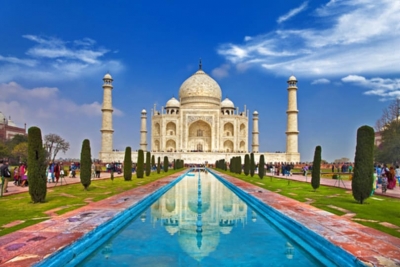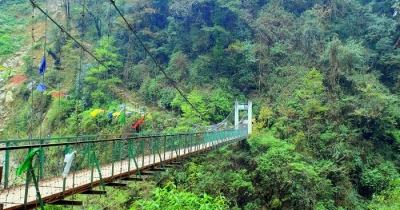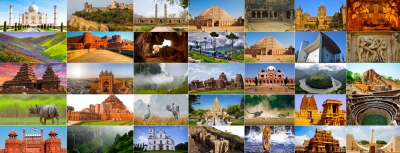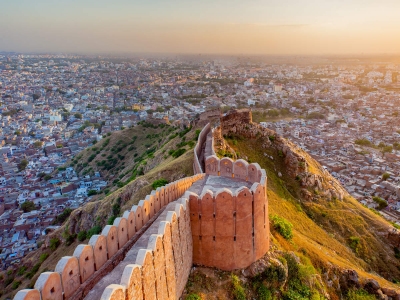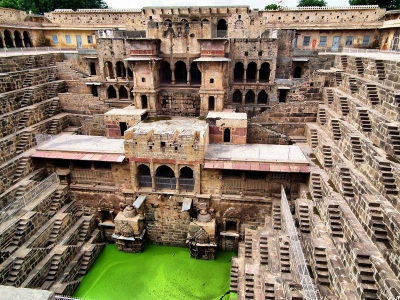
The Royal Navy
Before serving the Indian Navy, Viraat served Britain’s Royal Navy as HMS (Her Majesty’s ship) Hermes. She was commissioned into the Royal Navy in November 1959. During her service with the British, Viraat operated three fixed-wing planes and a chopper.
She belonged to the Centaur class of light fleet carriers of the Royal Navy which were in use since the Second World War. She played a major role in the Falklands War between Britain and Argentina in 1982. Three years after that war, she was decommissioned by the Royal Navy.
Meanwhile, the Indian Navy was looking for a second aircraft carrier for its fleet along with the INS Vikrant, which was commissioned in 1961. After much research and deliberation, the Indian Navy zeroed in on the HMS Hermes and announced its purchase in 1986. Hermes underwent a major refit and modernisation at Devonport Dockyard in Plymouth, England before finally being commissioned into the Indian Navy in May 1987.
Service with the Indian Navy
Viraat played a major role in India’s naval defence. She operated one British-made Sea Harrier, a fixed- wing aircraft, and three helicopters. She played a pivotal role in the Sri Lankan Peacekeeping operation in 1989 dubbed Operation Jupiter, and was affiliated with the Indian Army in 1990. Viraat was also deployed during Operation Parakram in 2001 02. Following the terror attack on the Indian parliament. She played a major role in calibrating the flying activities from the carrier, which proved helpful during the induction of INS Vikramaditya, currently the sole aircraft carrier of the Indian Navy.
Decommissioning by the Indian Navy
As years passed, the cost of operating and maintaining INS Viraat became too high for the Indian Navy, which announced its decision to decommission the Grand Old Lady in 2015.
After all the prerequisite processes for decommissioning at the Kochi shipyard were completed, the Grand Old Lady was decommissioned finally on March 6, 2017, at a ceremony in Mumbai,
At the time of her decommissioning, Viraat had spent nearly 2252 days at sea sailing nearly 11 lakh km. The aircraft she carried clocked more than 22,600 flying hours. Since 1987, Viraat has been the Flagship of the Indian Navy. And in her 30 years of service. 22 captains have commanded the ship.
What the future holds
Due to her rich history, many Indian states and conservationists wished to preserve Viraat as a museum. Many crowdfunding initiatives were undertaken in a bid to preserve Viraat. However, none of the efforts proved successful An expert panel was called to study Viraat condition and determine the feasibility of converting the ship into a museum. The panel stated that the cost of converting the ship into a museum would be too high to manage, and that the ship would last only ten years, given the age of its ferrous metal. Post this, even the Centre abandoned plans to convert the ship into a museum and decided to auction it to be dismantled and recycled at Alang, the world’s largest ship-breaking yard. The ship was bought by the Shree Ram Group for a sum of Rs. 38.54 crore at an auction in July 2020. On September 19, Viraat made her final journey from Mumbai to Alang. She reached Alang on September 22. As a last-ditch effort to preserve the iconic warship, Envitech Marine Consultants Pvt Ltd, A Mumbai based shipping company, decided to buy the ship from the Shree Ram Group to convert it into a museum. To do so, the company would first need a No-Objection Certificate (NOC) from the Ministry of Defence. The company has stated that the Goa government is ready to help in its endeavour and allow the ship to be beaches in its waters.
As of October 9, 2020, Envitech is yet to obtain a NOC from the defence ministry.
Picture Credit : Google



